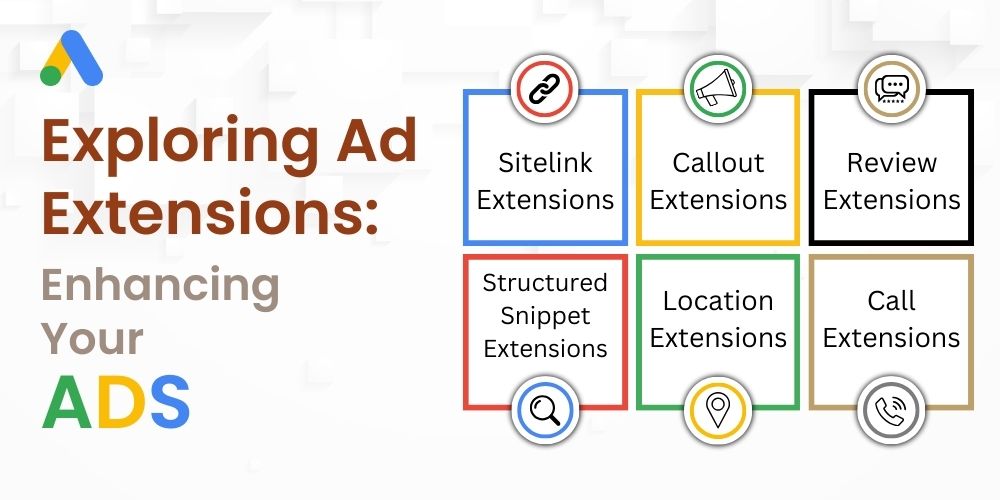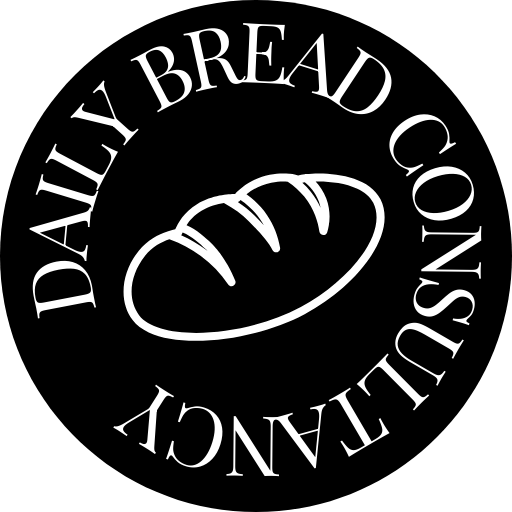
The competitive world of digital marketing services always requires standing out to grasp the consumers’ interest. Google Ads is a powerful assistant that allows users to use the platform to its full potential. But it is not enough to launch ads. They also need to be seen.
Ad extensions are irreplaceable components that create additional depth and charisma for online marketing agencies. These appendices also help users choose ads that appeal more; most importantly, there is no need to pay extra. This article will explore the ad extensions domain and how they can help increase your Google Ads visibility.
Understanding Ad Extensions
Ad Extensions are a powerful tool used to increase the scope and power of your core ad. Additionally, extensions are accompanied by extra bits of information and functionality that help you “promote” details from your business, product, or promotion, making the ad more informative and visually appealing to potential users.
It also offers multiple options for the user on how they will interact with your ad, which takes up more space on the page and boosts predicted click-through rates (CTR).
Ad extensions can appear in various forms on the ad. These appear as phone numbers, website links, customer reviews, etc., and you can select which extensions you believe would go well with your advertising strategy corresponding to your marketing.
Some of these extensions are manual, which means you can customize these to show your unique business offering, promotion, or whatever qualifies as your USP to decide what you think will connect more with your target market.
Using ad extensions to your advantage will improve the performance of your Google AdWords management. These extensions provide more information and opportunities to the users, making your ad look more engaging.
Types of Ad Extensions
Google My Business Management offers many ad extensions you can create manually or automatically, including options such as Google Tag Manager Service and Google Ad Grants for nonprofits.
You must create manual versions by providing content or pictures, whereas automated versions will be generated using data gathered from your website and Google Ads account.
However, manual ones offer more control, while automated ones are a choice when you are short on time. Some popular ad extensions for Google Business Profile services are as follows:
- Sitelink Extensions: Whether manually created or auto-generated, these extensions provide you with links to pages on your website. You can link to some areas that offer more information that interests potential clients in exploring the relevant pages. For example, as a footwear company, the site link extensions can redirect clients to women’s sneakers, men’s boots, and special sales categories. Using site link extensions eliminates the need to browse and allows the viewer to move directly to the preferred product or category page.
- Callout Extensions: When manually or auto-generated, these 25-character snippet texts attached to your ad description describe more about the advertisement. A Callout Extension is an opportunity to state your unique qualities, such as being sustainably made, offering free shipping, or offering other competitive services.
- Structured Snippet Extensions: When automatically generated, you can list various services or products you offer. The manually generated categories are similar to callout snippets, but Google must provide the header. The artist can select the “service catalog” header and list the other items, such as prints, originals, and custom portraits.
- Location Extensions: Just like site link extensions, whether manually or auto-generated, these allow you to enter your business address and help customers locate your physical store. If you sell your goods in significant stores, Google can provide affiliate location extensions that help clients identify the nearest retailer.
- Call Extensions: Like location extensions, call extensions allow you to add your phone number. The difference with callout extensions is that they operate manually, as none of them are automatically generated. Google may include your phone numbers on location extensions automatically.
- Review Extensions: They are manually added alongside the description. These are brief positive, top reviews and as many good ratings or testimonials as possible in the advertisement. The extensions boost the customer’s trust in your product and can convince the user to make a buying decision.
Maximizing Ad Extension Performance
To maximize Ad extension performance, you must prioritize relevance by ensuring that your extensions closely match your ad content and users’ questions. The purpose of Ad Extension is in addition to other essential tools such as Google Analytics management.
Additionally, utilizing tools such as Google Ads grant management for nonprofits is necessary. Variability should also be well captured, with different extensions in your activity to allow users to view a broader version of your business solutions.
Secondly, a powerful call-to-action in your ad extensions can be very promising in driving user activity. Finally, extension performance should constantly be monitored and tested with measurable key performance indicators for improved competition.
Additionally, there should be a premium mobile experience to suit the majority of mobile searches, aided by effective Ad Grants management.
Conclusion
Ensuring the proper use of ad extensions is essential to boosting Google Ads visibility. Businesses can optimize ad performance by focusing on relevance, variety, and strong calls to action. Businesses can also achieve comprehensive digital marketing success by leveraging marketing strategies from pay-per-click agencies alongside search engine optimization services and nonprofit Google grant management. To refine your marketing strategy, explore the differences between SEO and PPC.

